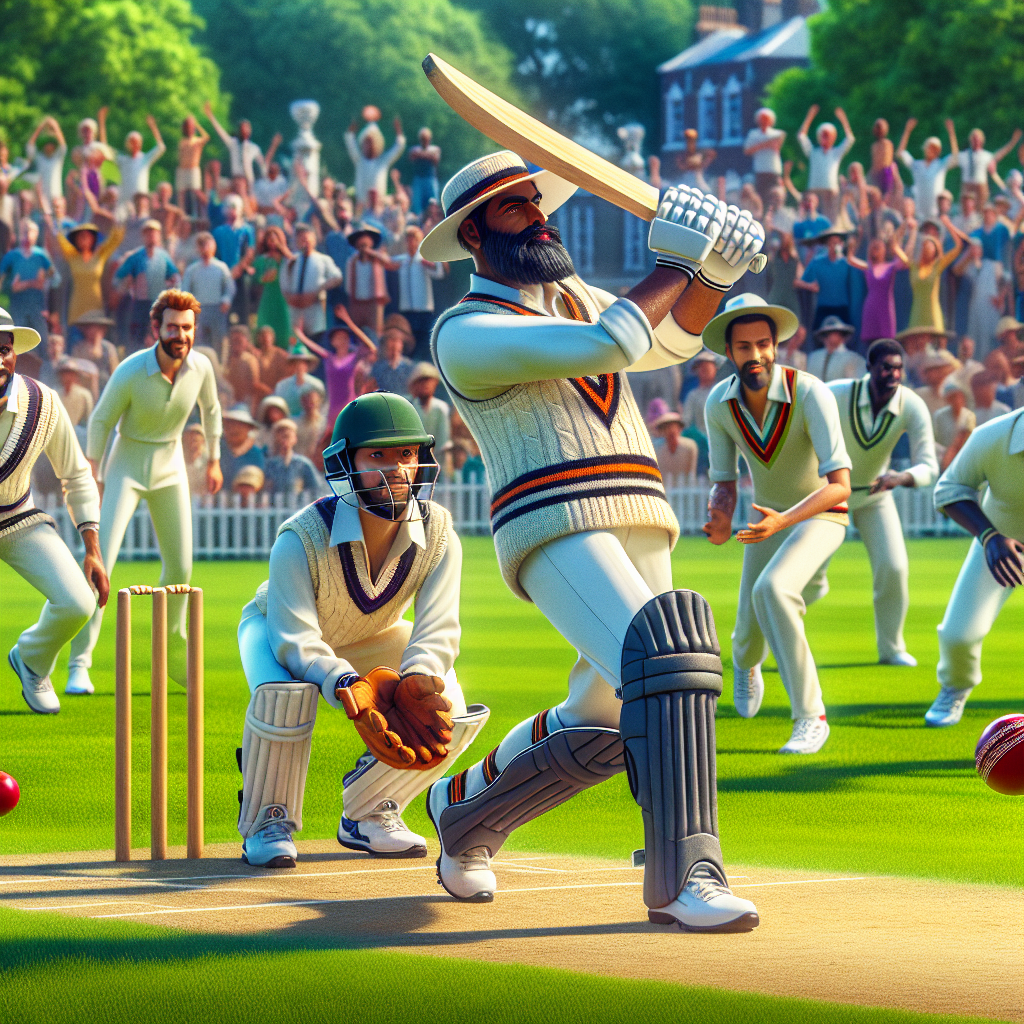Understanding Sports Action: The Heartbeat of Athletic Performance

Sports action is the dynamic and thrilling aspect of sports that captivates audiences worldwide. It encompasses the physical movements, strategies, and split-second decisions that athletes make during competition. This article delves into the intricacies of sports action, exploring its significance, the science behind it, and its impact on both athletes and spectators. By examining various sports, we can gain a deeper appreciation for the skill and dedication required to excel in this high-energy domain.
The Essence of Sports Action
At its core, sports action is about movement and the execution of skills under pressure. It is the culmination of training, strategy, and instinct, all coming together in moments that can define careers and create legends. Whether it’s a basketball player making a game-winning shot, a soccer player executing a perfect free kick, or a sprinter crossing the finish line, sports action is the heartbeat of athletic performance.
The Role of Physical Fitness
Physical fitness is a fundamental component of sports action. Athletes must possess a combination of strength, speed, agility, and endurance to perform at their best. Training regimens are meticulously designed to enhance these attributes, allowing athletes to push their limits and achieve peak performance.
- Strength: Essential for power and explosiveness, strength training helps athletes perform actions like jumping, sprinting, and tackling.
- Speed: The ability to move quickly is crucial in many sports, from track and field to team sports like soccer and basketball.
- Agility: Quick changes in direction and the ability to dodge opponents are vital in sports like football and tennis.
- Endurance: Sustaining high levels of performance over time is key in sports such as marathon running and cycling.
The Mental Aspect of Sports Action
While physical prowess is essential, the mental aspect of sports action cannot be overlooked. Athletes must maintain focus, make quick decisions, and manage stress during competition. Mental toughness is often what separates the good from the great.
- Focus: Concentration is crucial, especially in high-pressure situations where distractions are abundant.
- Decision-Making: Athletes must make split-second decisions that can impact the outcome of a game or event.
- Stress Management: The ability to remain calm under pressure is a hallmark of elite athletes.
The Science Behind Sports Action
The science of sports action involves biomechanics, physiology, and psychology. Understanding these elements can help athletes optimize their performance and reduce the risk of injury.
Biomechanics: The Study of Movement
Biomechanics examines the mechanics of human movement. By analyzing how athletes move, coaches and trainers can identify areas for improvement and develop techniques to enhance performance.
- Motion Analysis: Using technology like motion capture, experts can study the intricacies of an athlete’s movements.
- Force Measurement: Understanding the forces involved in actions like jumping or throwing can lead to more effective training methods.
Physiology: The Body’s Response to Exercise
Physiology explores how the body responds to physical activity. This includes understanding energy systems, muscle function, and recovery processes.
- Energy Systems: Different sports rely on various energy systems, such as aerobic and anaerobic, to fuel performance.
- Muscle Function: Knowledge of muscle groups and their roles in specific actions can guide strength and conditioning programs.
- Recovery: Effective recovery strategies are essential for maintaining performance and preventing injury.
Psychology: The Mind’s Role in Performance
Sports psychology focuses on the mental factors that influence athletic performance. Techniques such as visualization, goal setting, and self-talk can enhance an athlete’s mental game.
- Visualization: Imagining successful performance can boost confidence and improve execution.
- Goal Setting: Setting clear, achievable goals helps athletes stay motivated and focused.
- Self-Talk: Positive self-talk can enhance confidence and reduce anxiety.
Case Studies: Iconic Moments in Sports Action
Throughout history, there have been countless iconic moments in sports action that have left a lasting impact on fans and athletes alike. These moments showcase the power of sports action to inspire and captivate.
Michael Jordan’s “The Shot”
In the 1989 NBA Playoffs, Michael Jordan made a game-winning shot against the Cleveland Cavaliers, a moment now known simply as “The Shot.” This iconic play exemplifies the combination of skill, focus, and determination that defines sports action.
Usain Bolt’s Record-Breaking Sprints
Usain Bolt’s dominance in sprinting, particularly his world record performances in the 100m and 200m, highlights the pinnacle of human speed and athleticism. His ability to perform under pressure and deliver on the world stage is a testament to the power of sports action.
Simone Biles’ Gymnastic Feats
Simone Biles has redefined gymnastics with her extraordinary skills and groundbreaking routines. Her performances demonstrate the precision, strength, and artistry that are hallmarks of sports action in gymnastics.
The Impact of Sports Action on Spectators
Sports action is not only thrilling for athletes but also for spectators. The excitement and unpredictability of live sports create a unique experience that draws fans from around the world.
The Emotional Connection
Fans often form deep emotional connections with their favorite teams and athletes. The highs and lows of sports action can evoke a wide range of emotions, from joy and excitement to disappointment and frustration.
The Social Aspect
Sports events bring people together, fostering a sense of community and shared experience. Whether watching a game at a stadium or gathering with friends to watch on television, sports action creates opportunities for social interaction and bonding.
The Economic Influence
The sports industry is a significant economic driver, with sports action at its core. From ticket sales and merchandise to broadcasting rights and sponsorships, the financial impact of sports action is substantial.
Conclusion: The Enduring Appeal of Sports Action
Sports action is the lifeblood of athletic competition, captivating audiences with its blend of physical prowess, mental acuity, and emotional intensity. It is a testament to the human



